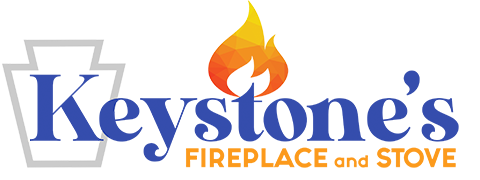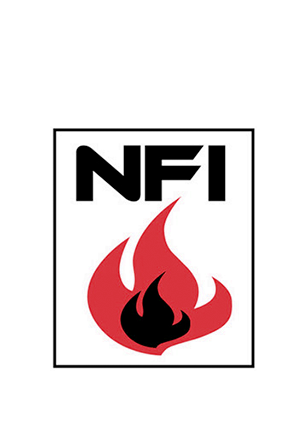Wood Stoves, Fireplaces, and the Danger of Pyrolysis
- Hits: 991
Many homeowners use wood stoves or fireplaces either to supplement their furnaces and heaters or as a primary home heating source. Stoves and fireplaces, however, come with risks, one of which is pyrolysis. Let’s look at what pyrolysis is, why it’s dangerous, and how you can protect yourself.
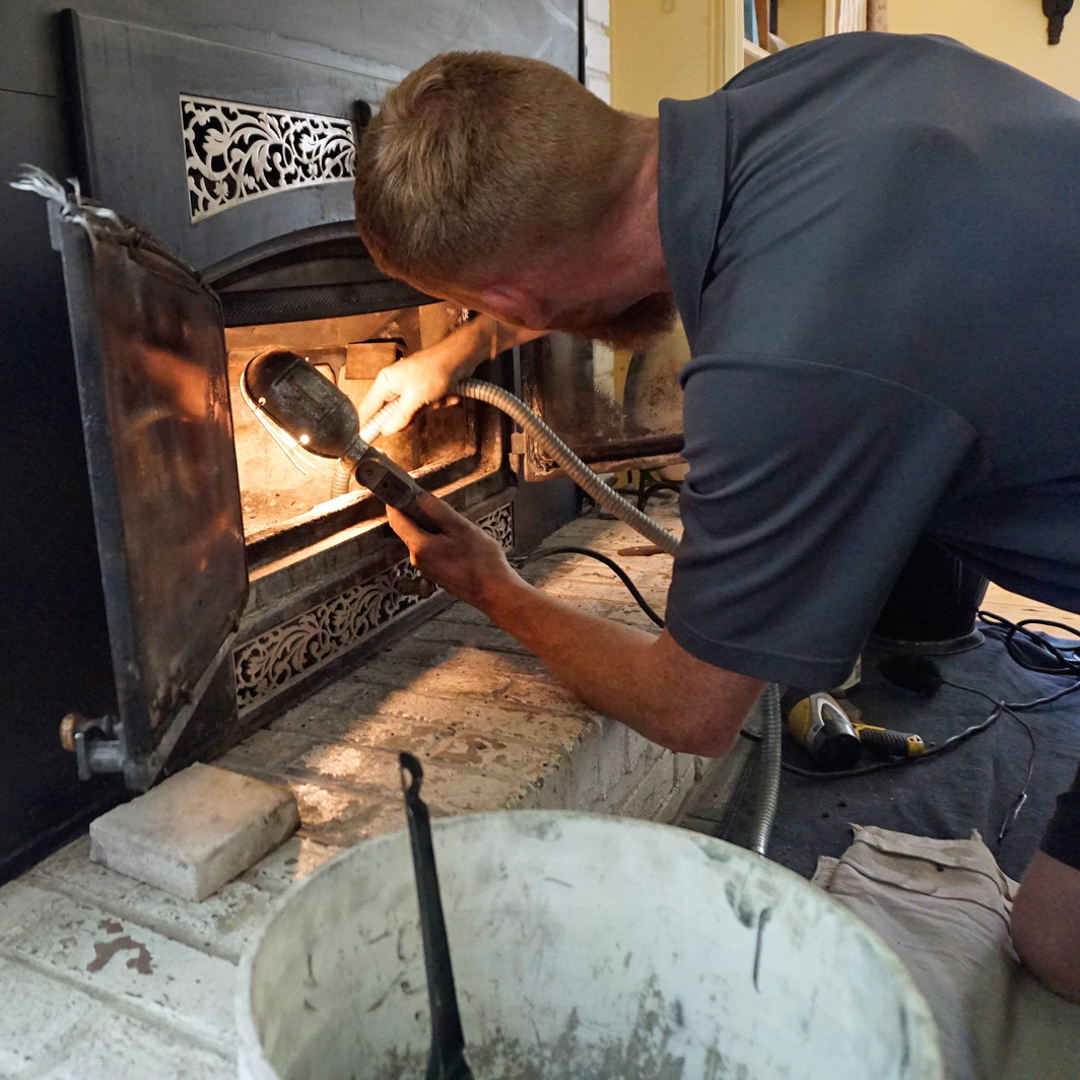 What is Pyrolysis?
What is Pyrolysis?
Pyrolysis is a chemical process in which organic materials, like wood, break down when exposed to heat without oxygen. It happens slowly and is triggered by prolonged exposure to high temperatures. The stove’s or chimney’s heat lowers the ignition point of nearby combustible materials like wood, insulation, or drywall.
As pyrolysis worsens, the material loses its ability to resist combustion. What was once a safe distance from the heat source becomes a ticking time bomb. Eventually, these materials can ignite at much lower temperatures than they normally would, leading to a fire that seems to come out of nowhere. This is why pyrolysis is a silent threat; it can develop over years without any signs of danger until it’s too late.
What Causes Pyrolysis?
As mentioned, pyrolysis occurs when heat transfers to nearby combustible materials over an extended period. This transfer can happen due to various factors:
Improper Installation: If the builder didn’t ensure enough clearance when installing your fireplace or stove, the combustible materials could be at risk of pyrolysis even if they’re not in direct contact with the stove or chimney.
No Chimney Insulation: Chimneys that aren’t properly insulated can transfer heat to the wood framing, which is especially dangerous in older homes where building codes may not have required as much clearance between chimneys and combustible materials as modern codes.
High-Temperature Burns: Operating your stove or fireplace at extreme temperatures can accelerate pyrolysis, increasing the risk that the nearby combustible materials will ignite.
Unnoticed Heat Transfer: Unlike sudden fires caused by a spark or flare-up, pyrolysis happens gradually. This slow heat buildup typically goes unnoticed for years, making it one of the most dangerous fire hazards.
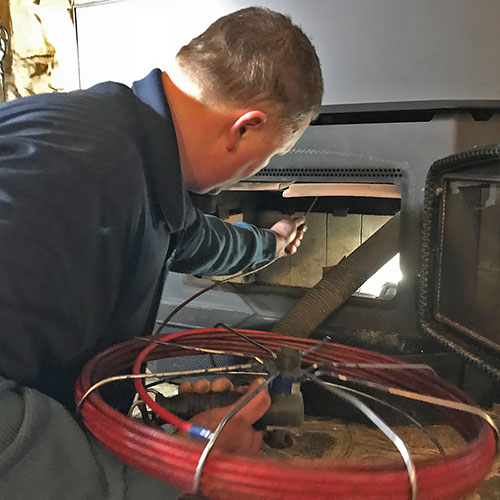 How to Prevent Pyrolysis
How to Prevent Pyrolysis
Fortunately, it’s not all bad news when it comes to pyrolysis because it’s easily preventable. Here are a few steps you can take to ensure your home and family are safe.
Ensure Proper Clearance: Follow the manufacturer’s guidelines regarding clearances between stoves, chimneys, and combustible materials. A minimum clearance is crucial to prevent heat from reaching and degrading nearby structures. Call an expert if you’re unsure what the guidelines are.
Use Heat Shields: Installing heat shields will protect the surrounding combustible materials from excessive heat.
Regular Inspections: Hiring a professional chimney and fireplace expert is wise to inspect your heating system at least once a year. These inspectors check for signs of wear, creosote buildup, and damage that could lead to dangerous heat transfer.
Monitor Temperatures: Try not to burn your stove or fireplace at extremely high temperatures. This is bad for the stove and fireplace and increases the fire risk. Use a stove thermometer to monitor the temperatures and keep them within the safe range for your model.
Proper Chimney Insulation: Insulating your chimney helps contain heat and prevents it from transferring to the surrounding materials. Modern chimney liners are designed to keep heat inside the chimney, reducing the risk of pyrolysis.
Understand Building Codes: Ensure your wood stove or fireplace installation adheres to local building codes. These codes protect you from potential hazards like pyrolysis. If you’re unfamiliar with your local codes, call a professional for guidance.
Signs of Pyrolysis
As mentioned, pyrolysis happens gradually over time, and in most cases, homeowners are unaware they have a problem until it is too late. However, there are signs to watch for that indicate danger.
Discoloration of Nearby Materials: One of the most common signs of pyrolysis is discoloration or charring of materials near the stove or fireplace. This can include wood beams, walls, or floorboards that are exposed to heat. If you notice darkened, scorched, or brittle areas around the stove or fireplace, it could indicate pyrolysis.
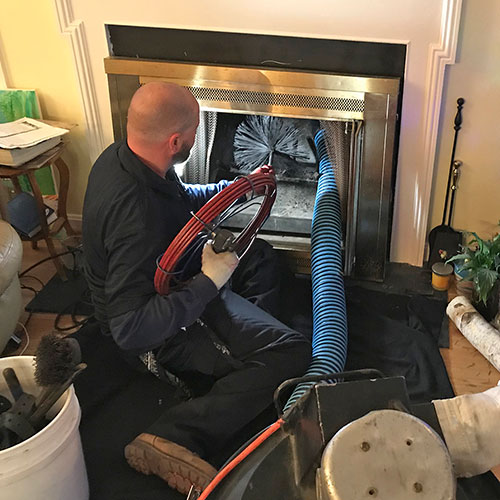
Unusual Odors: Organic materials like wood or drywall break down from heat and can emit unusual odors. These smells are often subtle and can be mistaken for typical odors from burning wood. However, it could be a red flag if the odors persist after you stop using the fireplace or stove.
Creosote Buildup: Creosote buildup in a chimney is a significant fire hazard and it can be a sign of excessive heat and poor ventilation, which contribute to pyrolysis. A thick layer of creosote in the chimney could signal the fireplace or stove is burning too hot. The best way to protect yourself from excessive creosote is to schedule regular cleaning by a chimney cleaning professional.
Warping or Distortion: Continuous exposure to heat could cause nearby materials, especially wood, to warp, shrink, or become misshapen. This warping happens where heat is transferred regularly, such as behind walls or around chimneys. Warping is a red flag you shouldn’t ignore even if there’s no visible charring.
Call Keystone today if you’re concerned about pyrolysis and want a professional assessment and inspection to ensure your safety.

